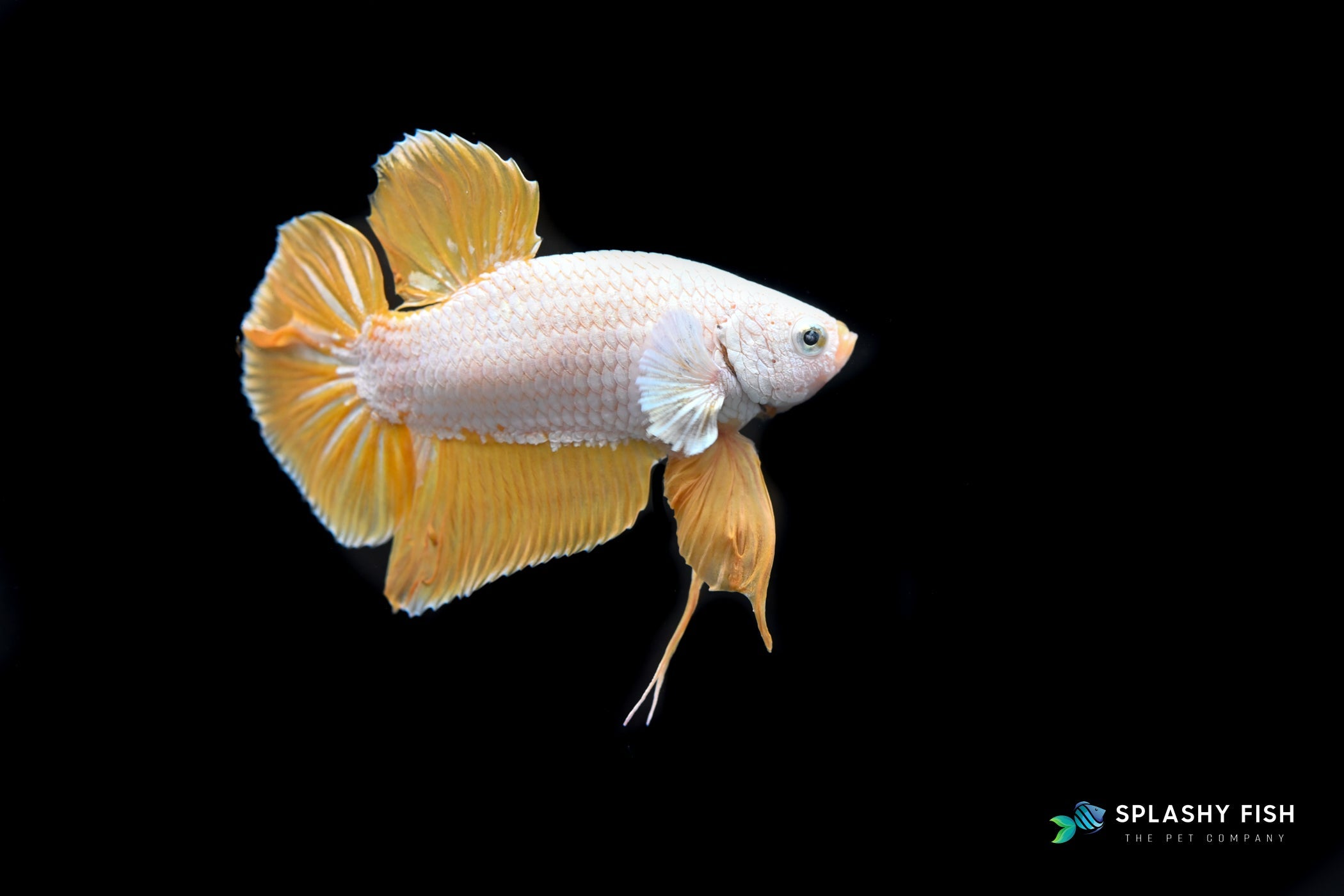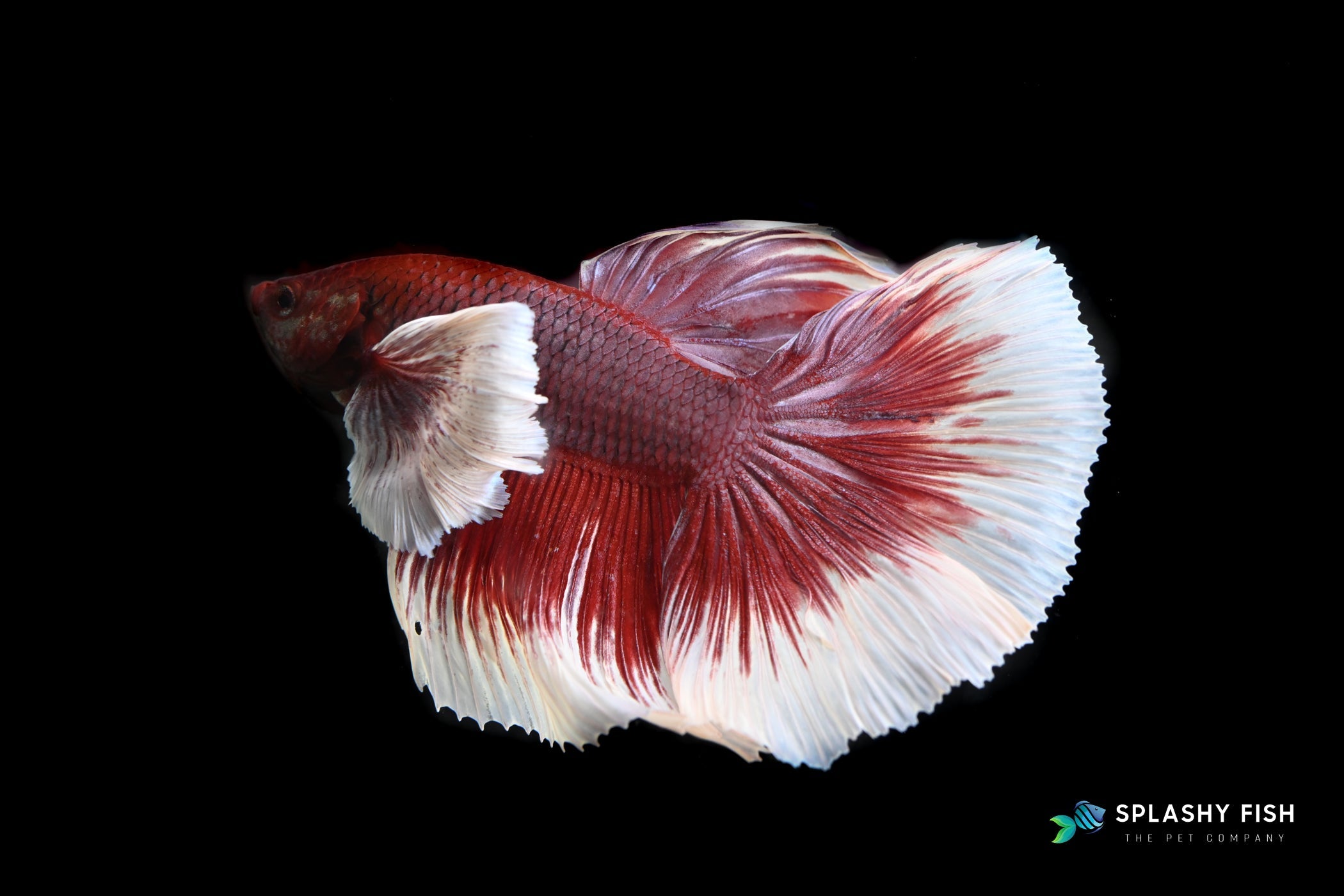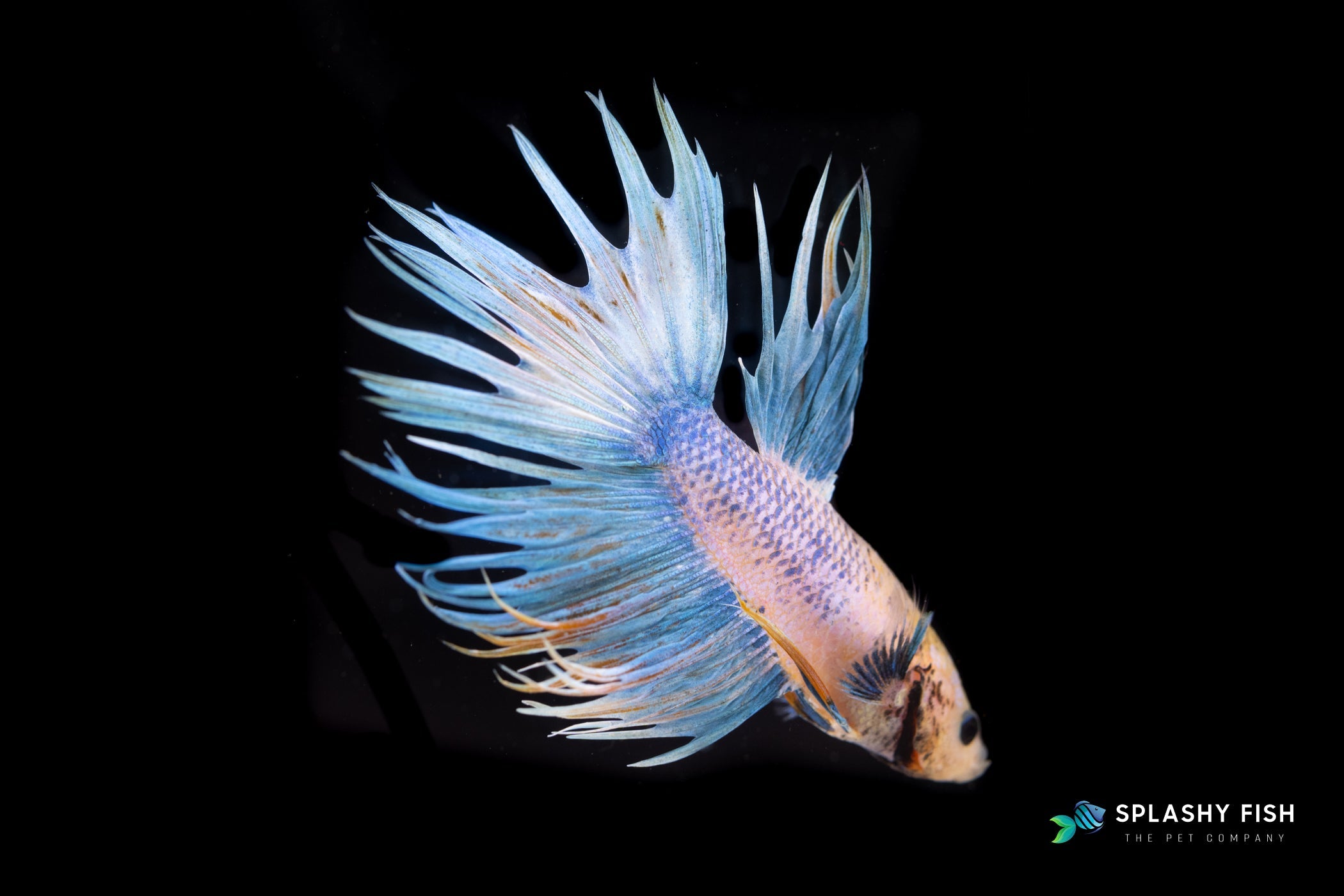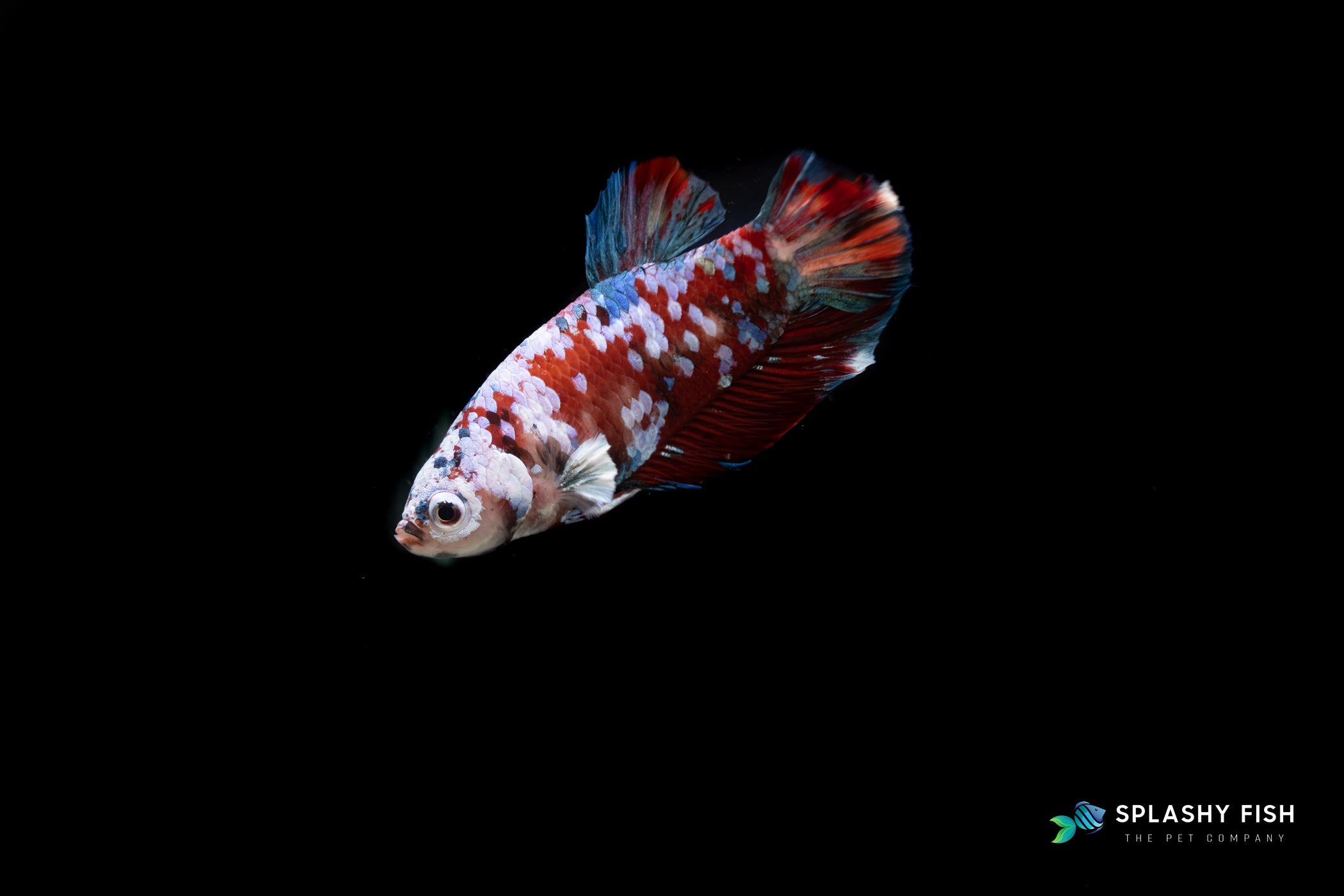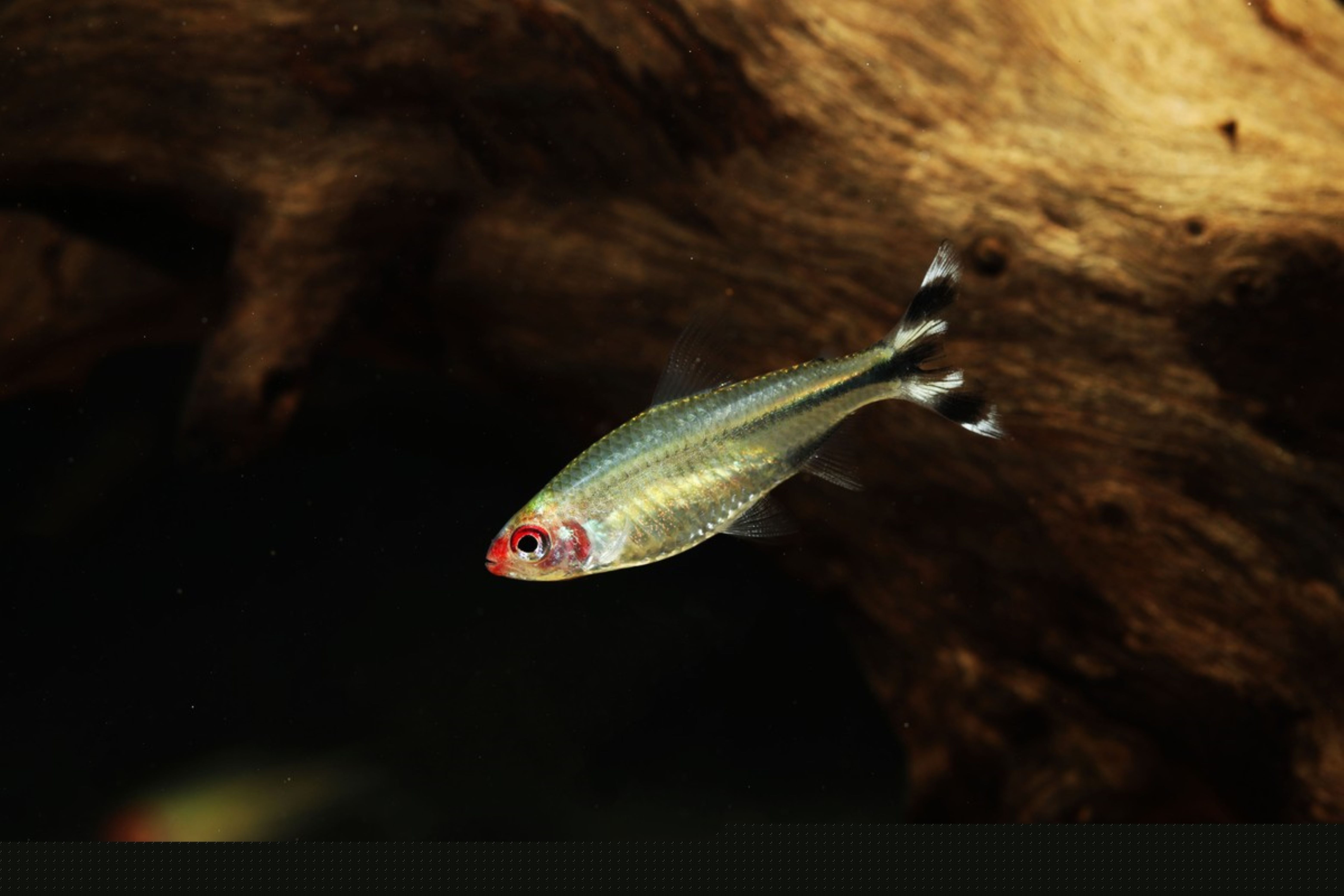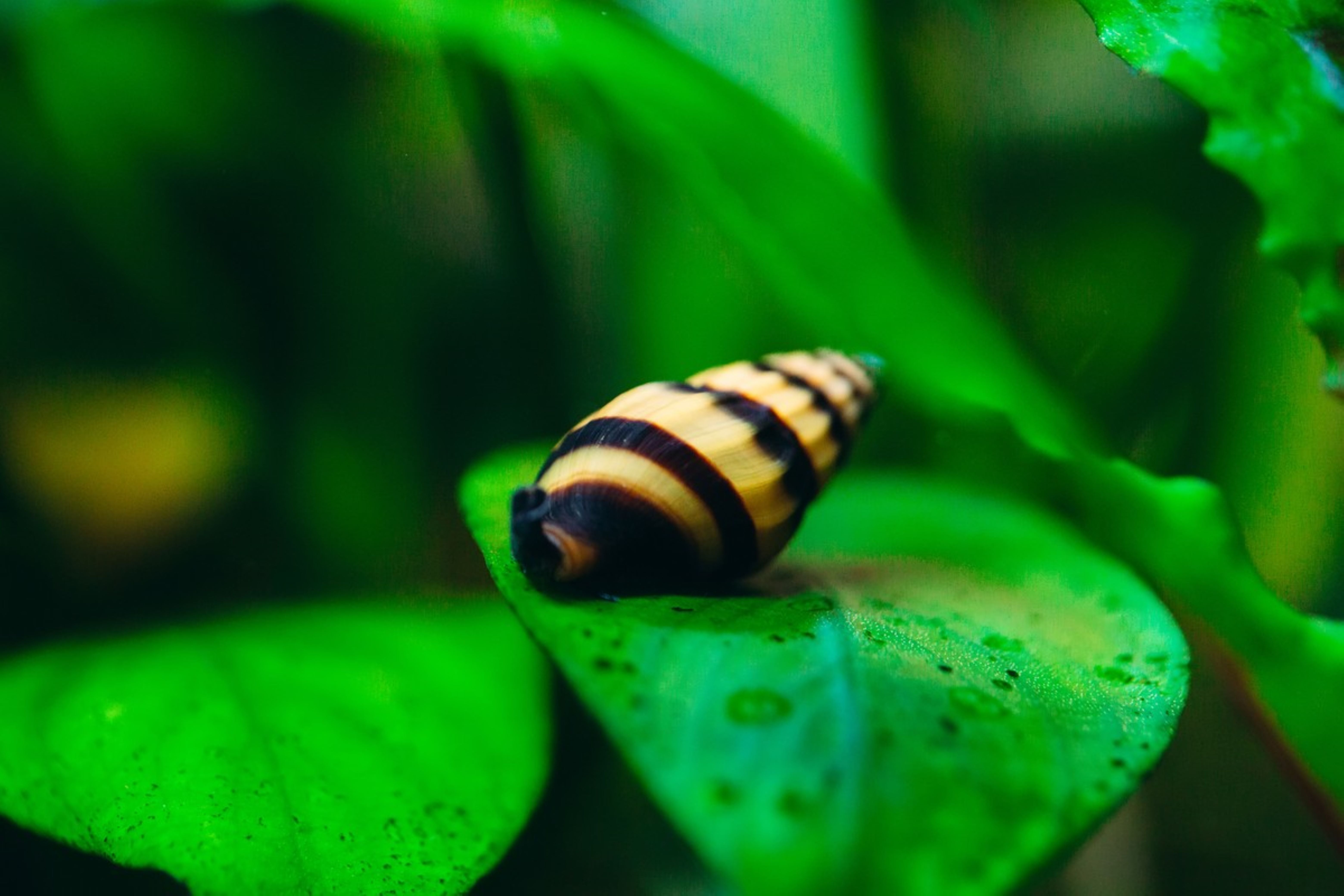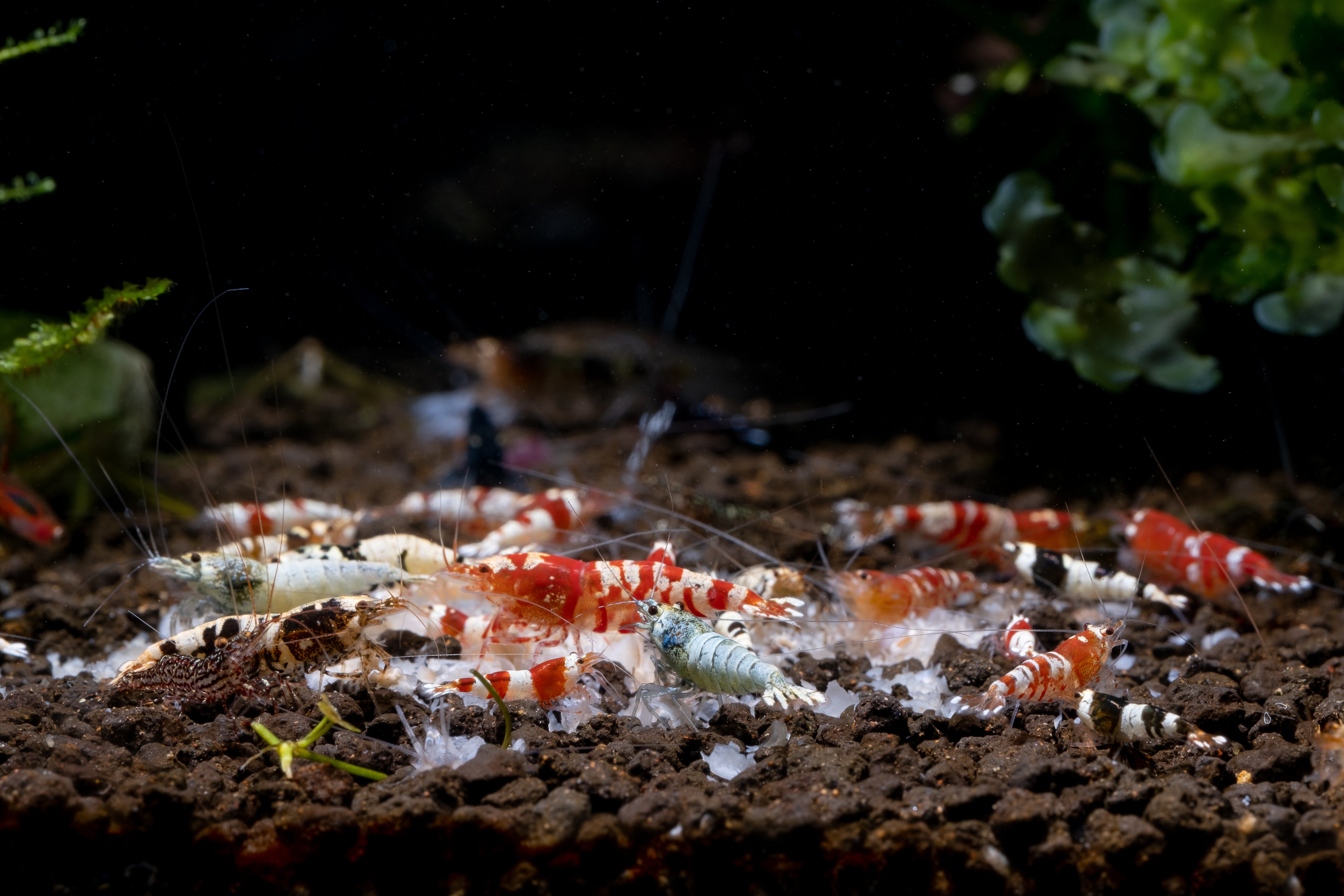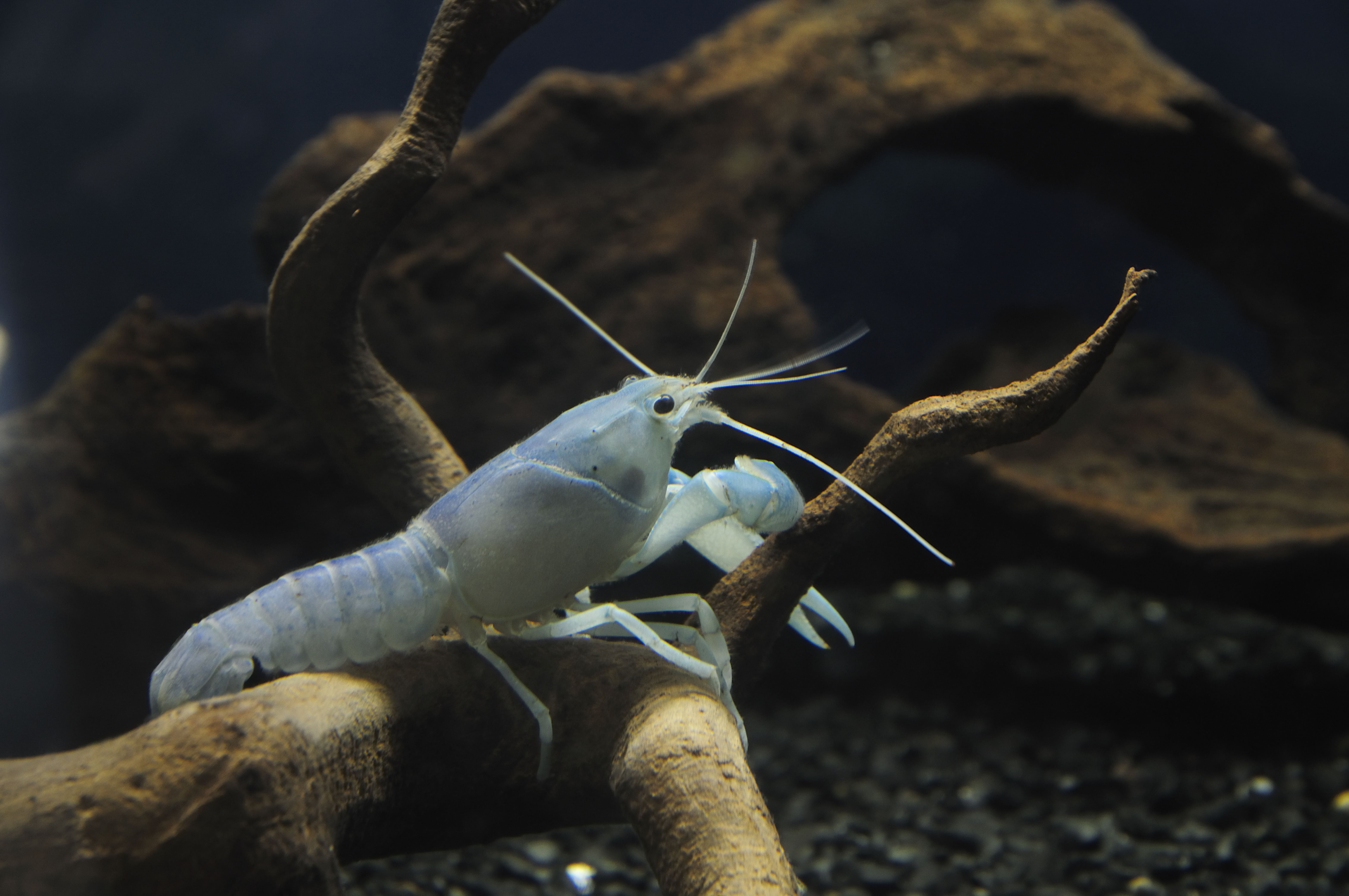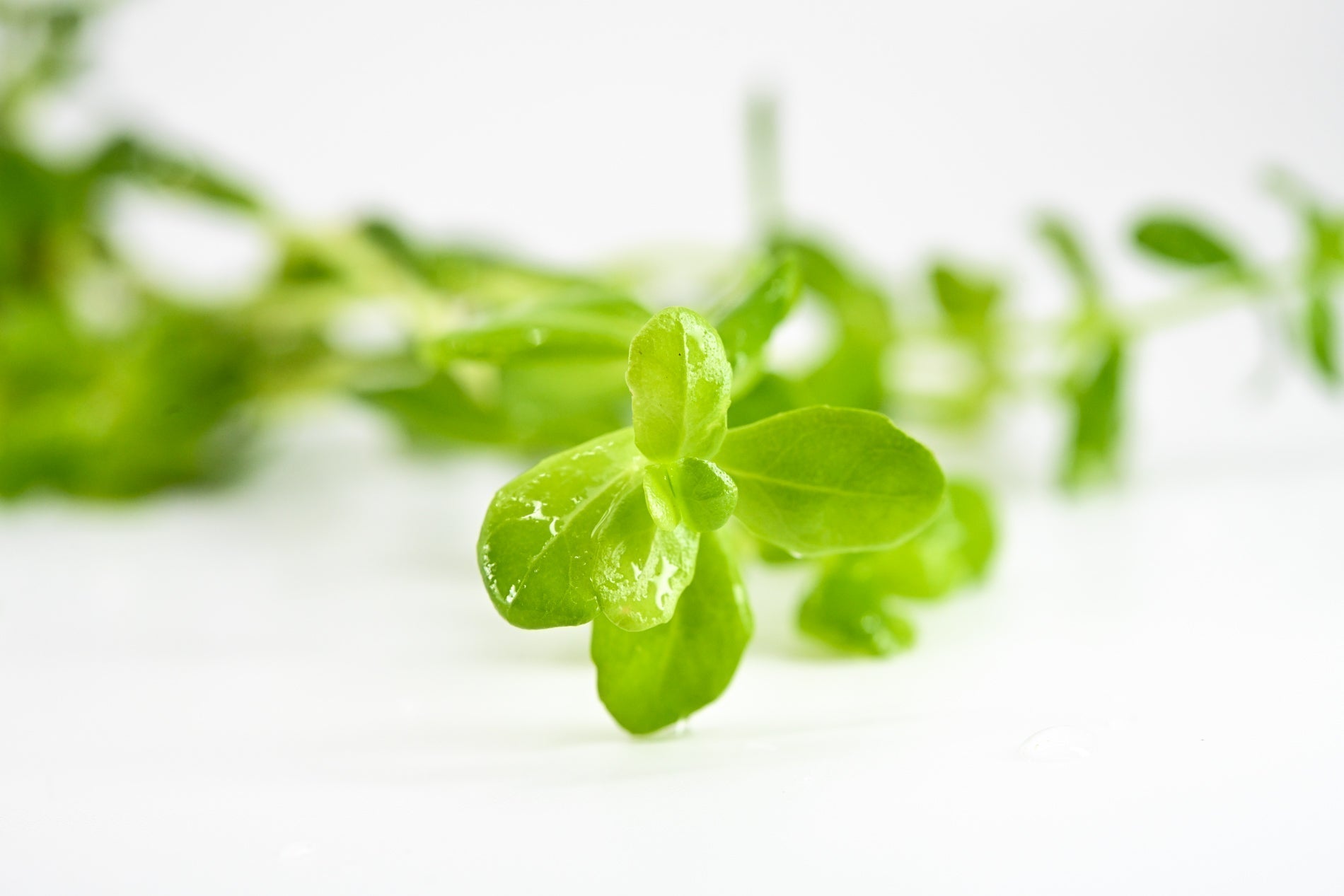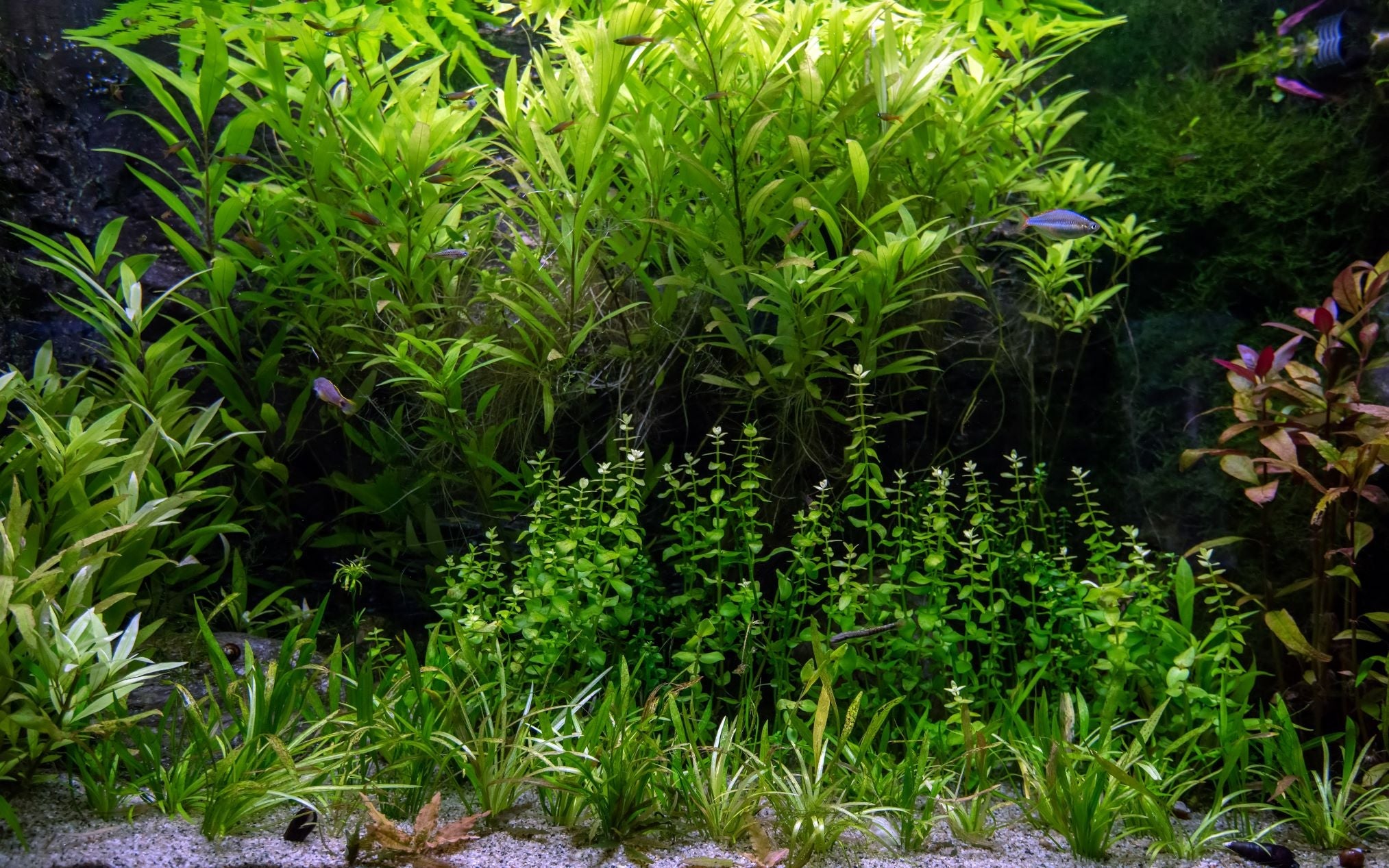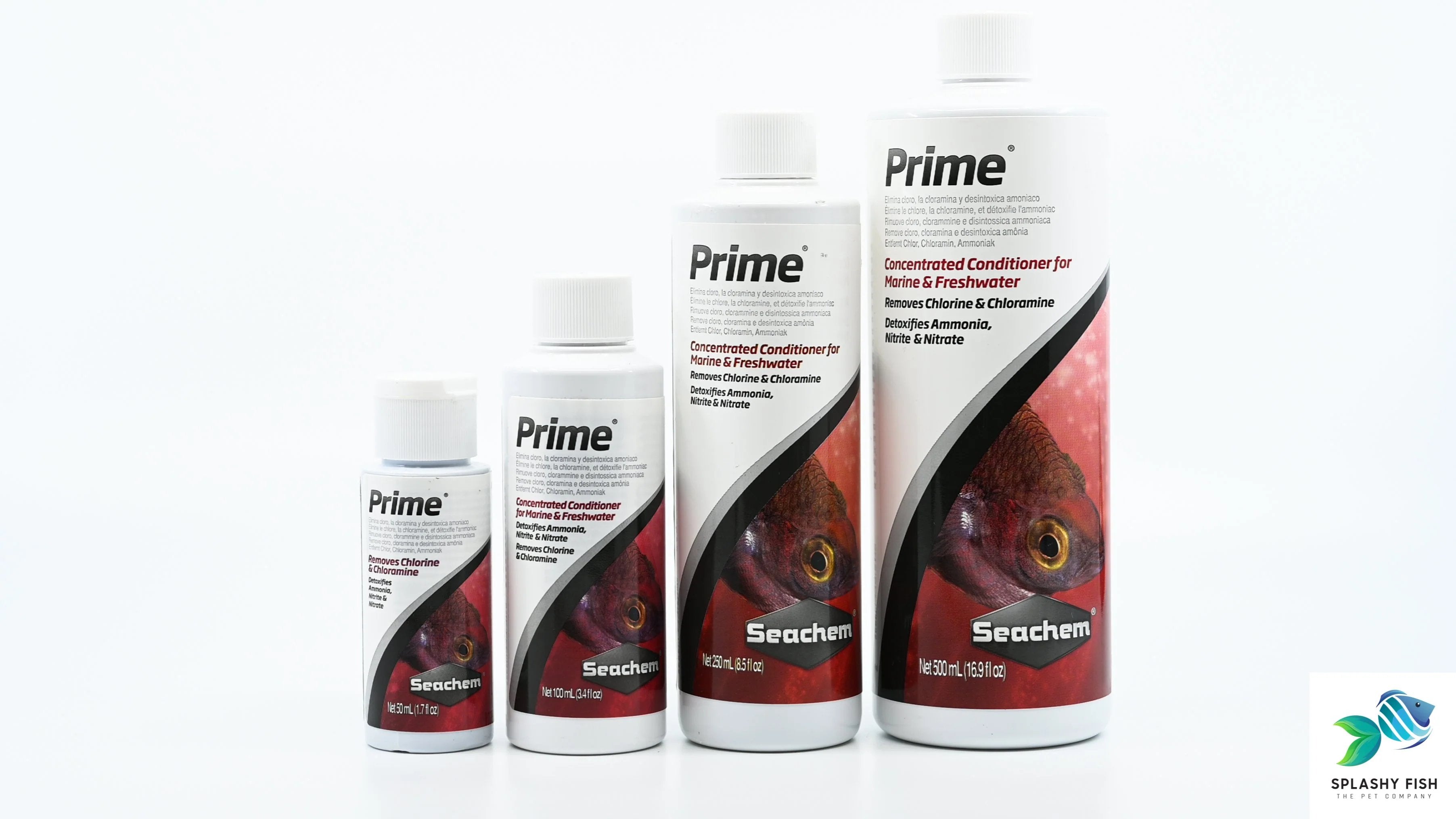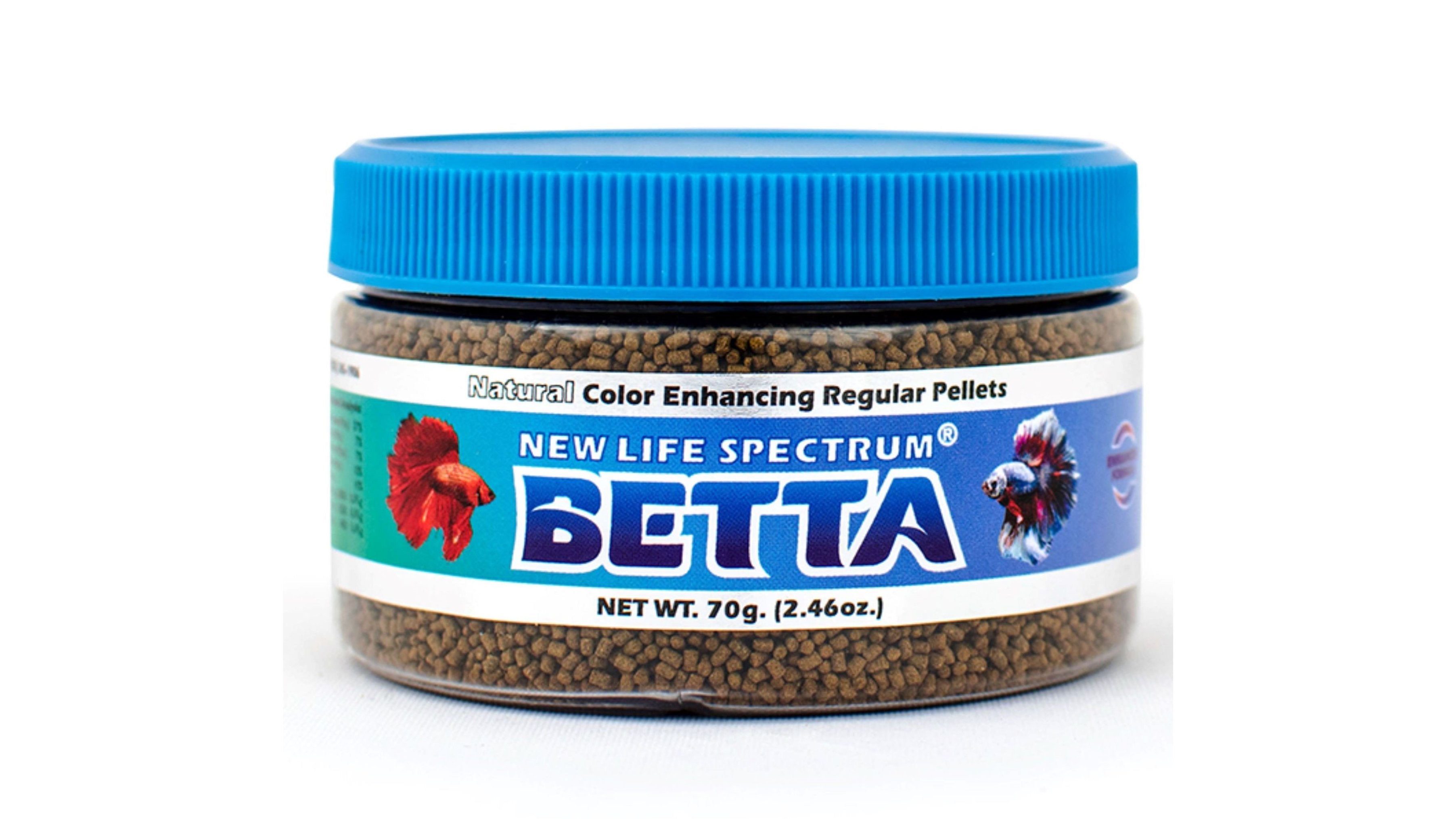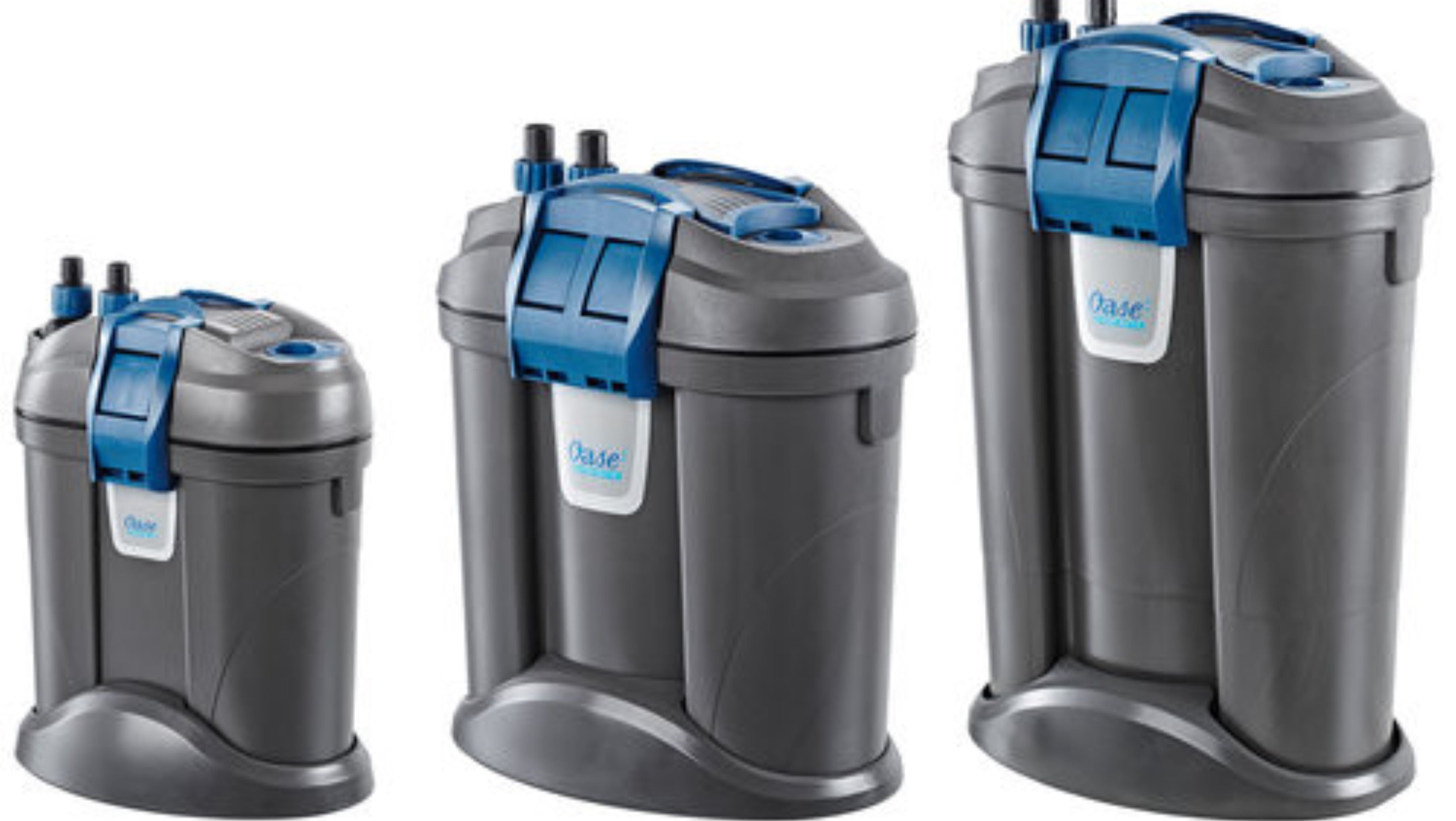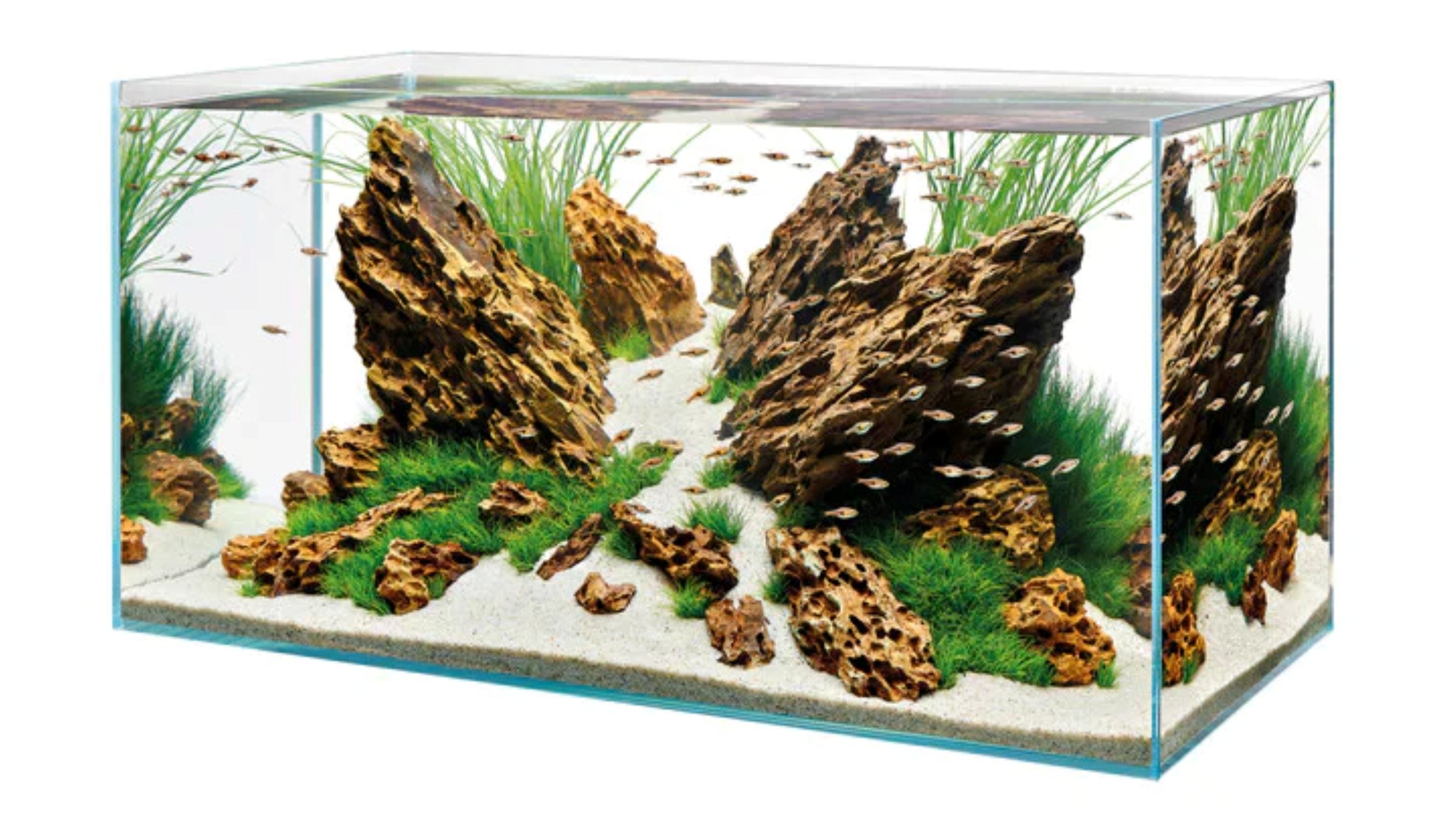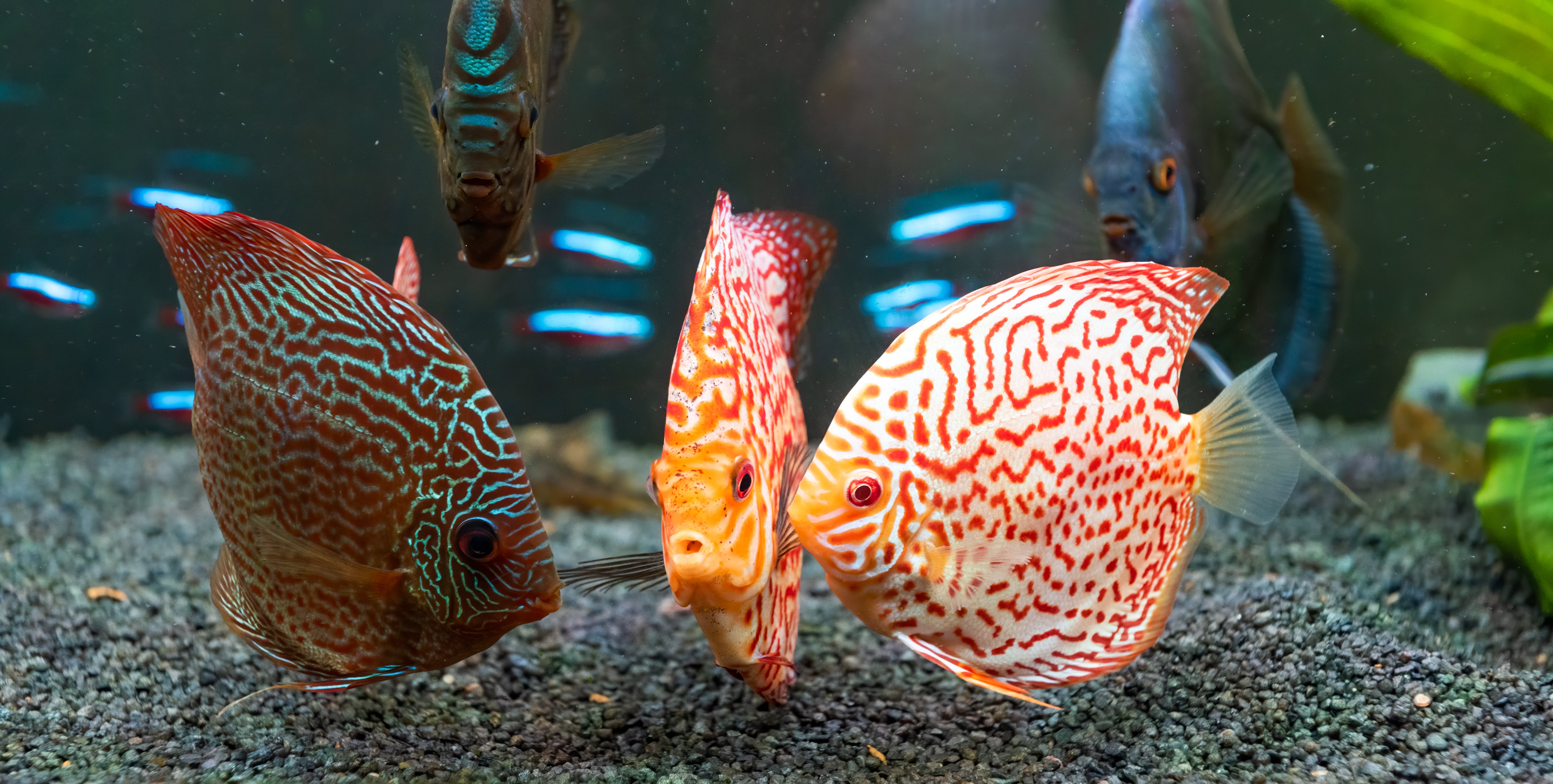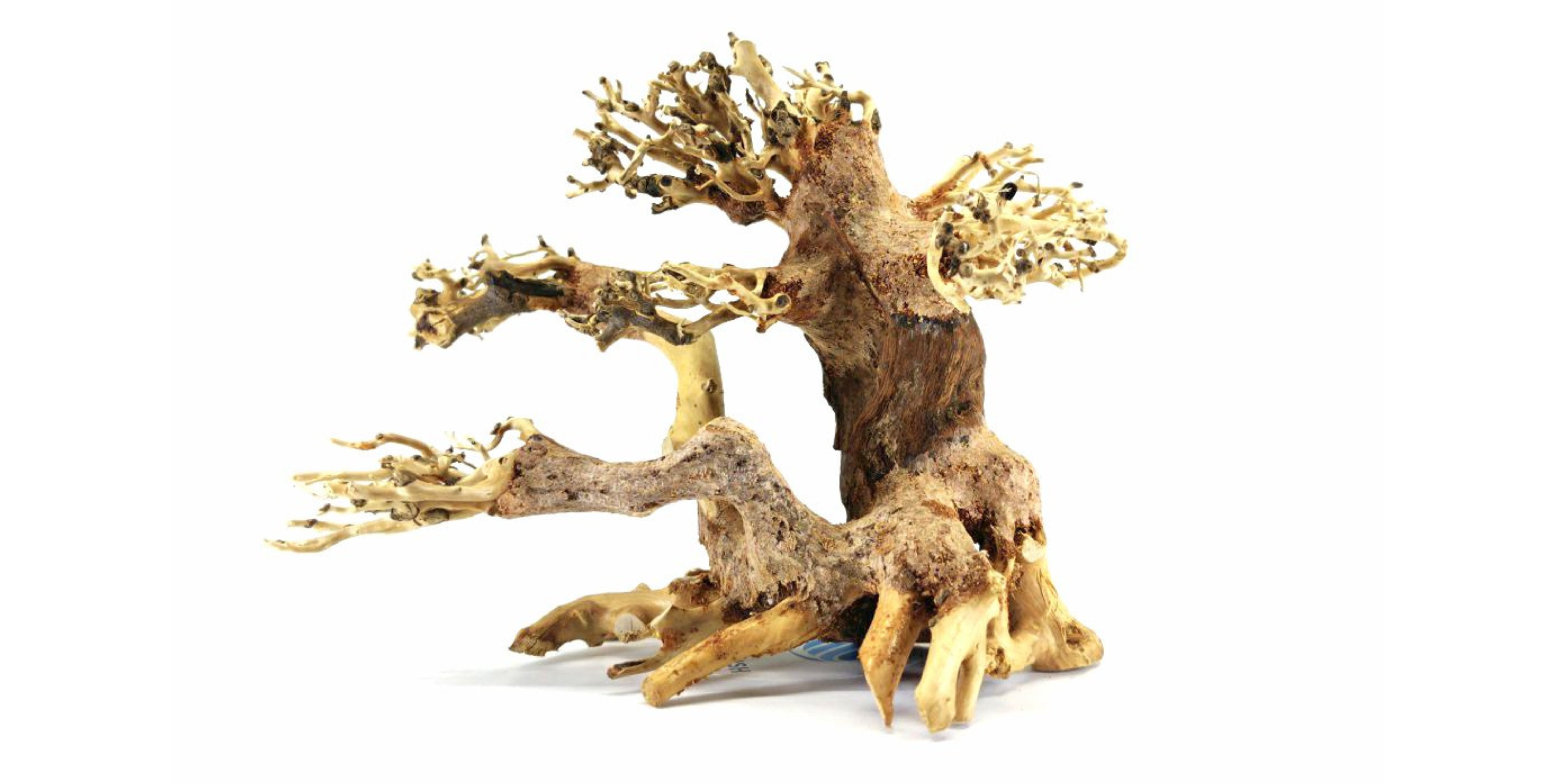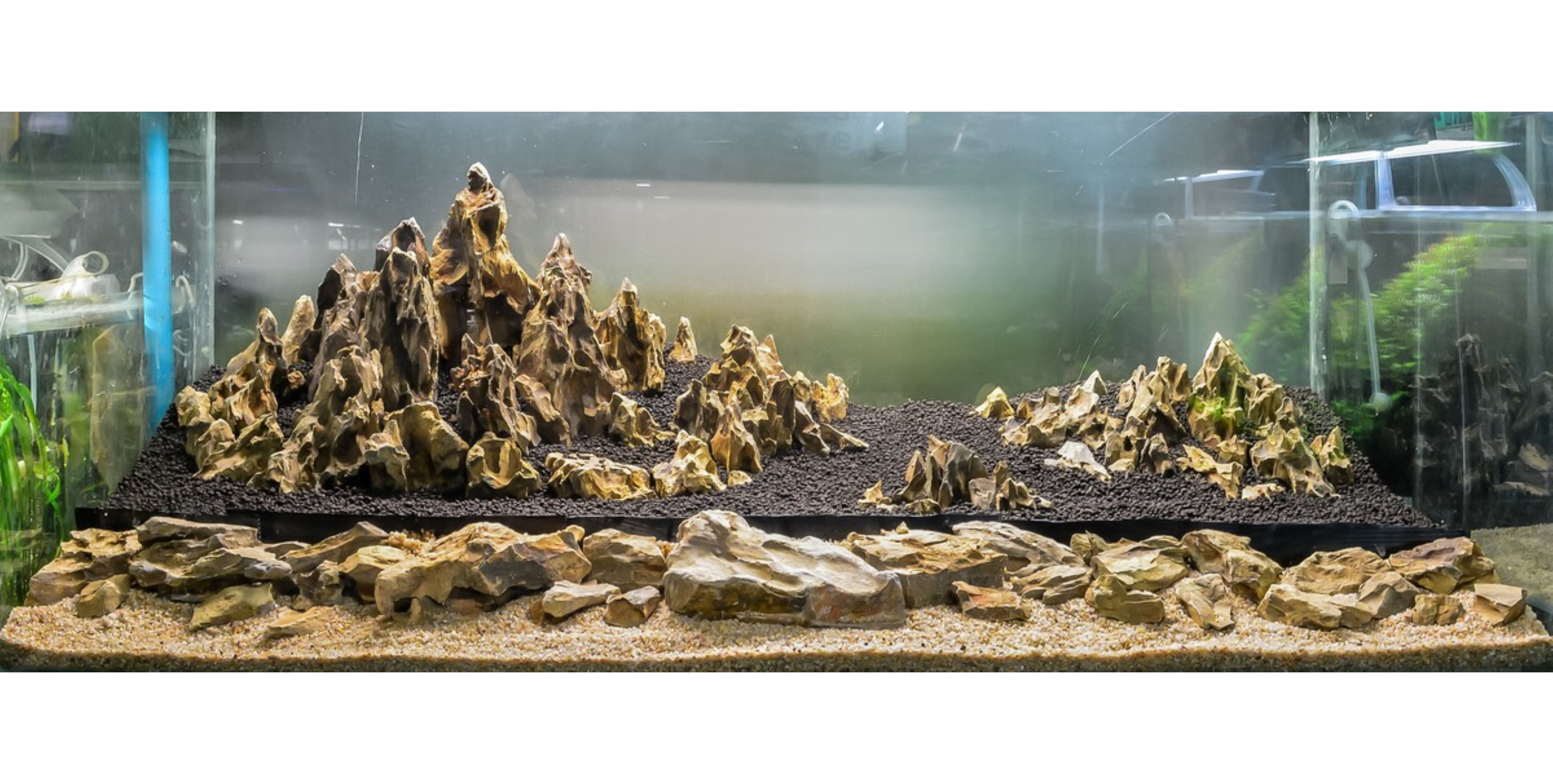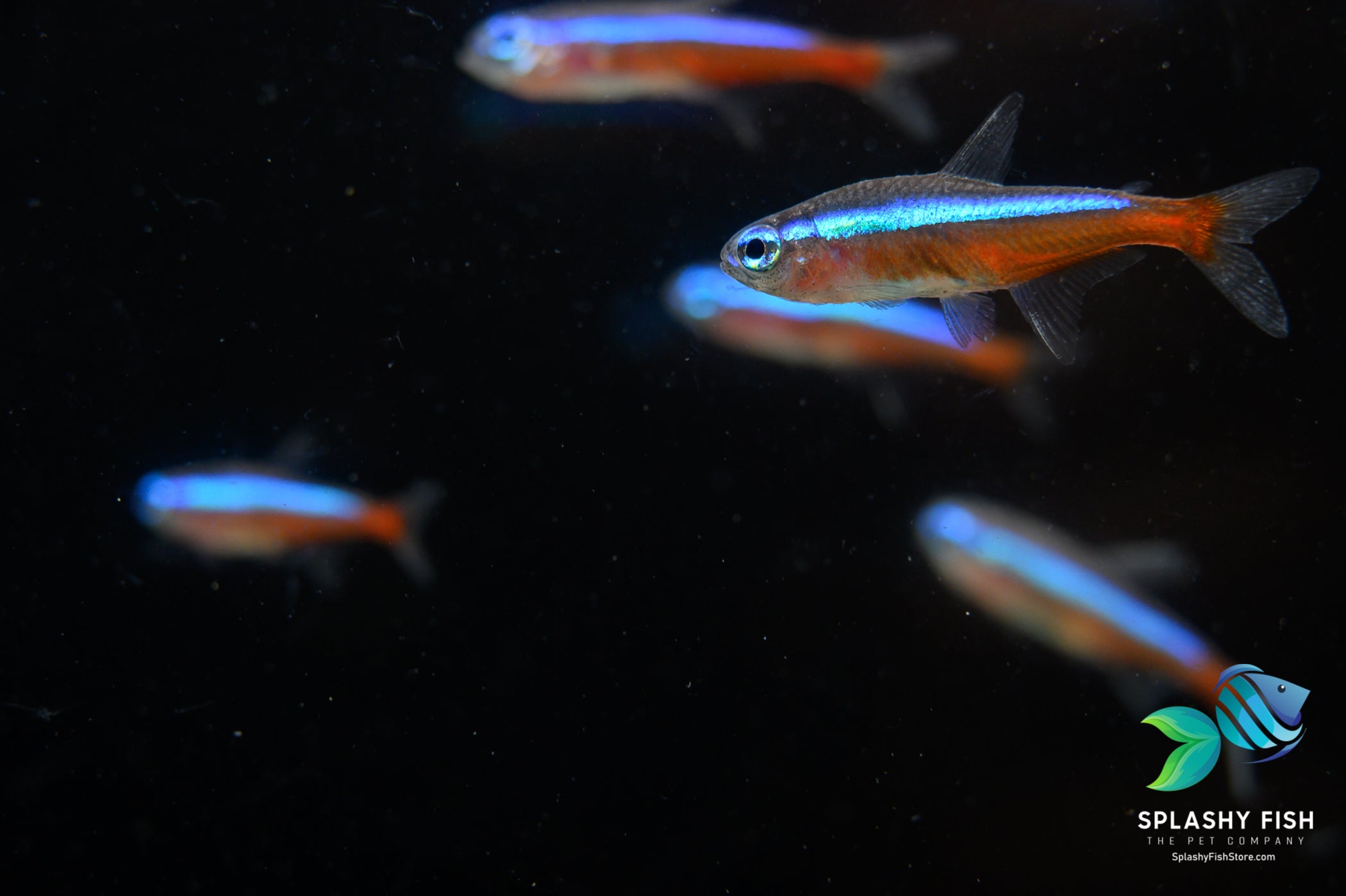Table of Contents
Some say they are easy-to-keep and ideal fishes for beginners, some say otherwise. Whatever the fishkeeping community says, we cannot deny the fact that they are the most demanded species and commonly seen in many home-aquarium. Neon Tetra and Cardinal Tetra have eye-catching appearances. With shimmering bodies, they are true gems of your aquarium.
To help you to learn how to care for these cardinal tetra in this article, Splashy Fish will introduce you:
We hope you may also find here and there some good tips to keep them thriving and active.

(Images of Cardinal Tetra)
What is Cardinal Tetra and Neon Tetra?
Neon Tetra (scientific name is Paracheirodon Innesi) and Cardinal Tetra (scientific name is Paracheirodon axelrodi) are nano fishes. Their average sizes are around 1.5 - 2 inches (3.8 - 5 cm) and 1 - 1.5 inches (2.5 - 3.8 cm) respectively. Both belong to the Characide family and are quite identical in their appearances, slender torpedo-shaped bodies marked with iridescent blue and red stripes. Due to that reason, many fish keepers make mistakes in distinguishing them. Both Neon Tetra and Cardinal Tetra have a back covered with the shimmering blue stripe running from their nose to tail, silver white belly, and bright red stripe under the blue stripe. That red stripe is a key to tell them apart. As for Neon Tetra, the red stripe will extend from the middle of its body to its tail whereas Cardinal Tetra’s red stripe spreads the entire length of its body. In addition, some fish keepers say you can count on their size to differentiate them as Cardinal Tetra is a little bit larger than Neon Tetra.
Good tips: Their bright color tells a lot. It is believed that the color of Neon/ Cardinal Tetra makes it visible to other tetras in blackwater condition. Furthermore, they are not always in a colorful state. When they rest, stressed, become alarmed or are sick, their bright color will fade. It is also suggested that when you pick up tetras at a fish store, try to choose specimens that are active and robustly colored as the faded may have poor health.
Natural habitat and how to set up a proper tank for your Tetras?
Most Neon/ Cardinal Tetras available at fish stores are tank-bred. However, you should learn about their natural habitat as it is helpful for you to set up your aquarium. Both Neon Tetra and Cardinal Tetra originated from streams in South America which have slow-moving blackwaters beneath dense forest canopies. Such dense forest canopies allow very little light to get through so their living environment is frequently shaded. Hence, if you install a lighting system in your aquarium, keep it relatively subdued. Neon/ Cardinal Tetra does not like powerful lights and feels most comfortable when things are slightly dim.
These Tetra fish love live aquarium plants. They prefer densely planted aquariums with plenty of hiding places. Floating plants and submerged plants such as, [Ludwigia repens, Brazilian pennywort, frogbit, dwarf water lettuce or red river floaters] are recommended. When arranging aquatic plants, you should take Tetras’ outgoing disposition into account. They enjoy open swimming areas. As such, you should put plants on the corners of the aquarium to let them have a large space in between to hang out and socialize.
Good tips: A densely planted aquarium also helps block out light and provide shelter for Tetras.
Leave some aquarium rocks and driftwood on the bottom of the aquarium to provide your Tetras some hiding places. They may need it when they get stressed or want to avoid strong light. Tetras spend most of their time in the middle and top levels of the aquarium. However, that does not mean you should undermine substrate. To let your Tetras show their stunning displays, using dark substrates are encouraged as they provide high contrast against your Tetras’ colorful appearance.
When imitating their natural habitat, you cannot ignore the water conditions. This is very important to them because Tetras are very sensitive species. Even a small change in water conditions causes serious health problems to them. Thus, you should regularly check your aquarium’s water conditions to make sure things are under control. Neon/ Cardinal Tetra prefers the following water parameters:
Temperature: 68 - 80F (20o-27oC)
Ammonia and Nitri te: 0 ppm
Nitrate: less than 20 ppm
GH: less than 10 dGH (less than 166.7 ppm)
KH: 4-8 dKH (71.44 – 142.88 ppm)
pH: 5-7, more acidic water is preferred
Water change: 10% per week
Another point you need to notice for setting up their living environment is your aquarium size. Though they are nano species, they need to be kept in groups and have open swimming spaces. Normally, a tank with a minimum size of 10 gallons is sufficient for a group of six; however, the larger the better. If you raise more than six, you can rely on the old rule: two gallons per additional Tetra.
important note: Your new tank MUST be cycled well before introducing Tetras. If you are not familiar with this process, you may learn more at our article Why What How Cycle Fish Tank.
What does Cardinal Tetra and Neon Tetra eat?
Tetras are not picky eaters. They are omnivorous which means they can eat both plants and animals. For their best, you can choose specialized food products which are marketed to them. High-quality fish food pellets are highly recommended. In addition to their main diet, you can feed them frozen bloodworms or frozen brine shrimp as a treat. Other food is also acceptable to them including daphnia, baby brine, cyclops.
Neon Tetra and Cardinal Tetra are active fish so they have high energy requirements. It is fine to feed them several times a day if your schedule allows it. Nevertheless, make sure to feed them a sufficient amount that they can finish eating within 2 minutes or else you have to clean the leftovers to prevent water pollution.
Tank mates
Both Neon Tetra and Cardinal Tetra are friendly. They can get along well with other species as long as such species are not aggressive and territorial and don’t tend to eat them. Some candidates for your choice are [other tetra species (like black skirt tetras, black neons, ember tetra, emperor tetra), livebearers (like platies, endlers or guppies), small types of aquarium catfish (like corydoras, otoclinus)]. They spend more time in the top and middle level of the aquarium so other bottom dwellers such as snails, freshwater shrimp like red cherry, ghost or red/black crystal can be their good “neighbors” too.
Diseases
Like other freshwater fishes, Neon/ Cardinal Tetra is susceptible to freshwater problems like Ich, dropsy, and fin rot. If you spot them, treat your Tetras with relevant aquarium medications (please consult with an vet doctor before using). Concurrently, you should perform regular water changes and keep checking the water parameters to ensure they meet the requirements. It helps a lot as your fish cannot fully recover if living in a polluted environment.
Another health concern is Neon Tetra Disease, a parasitic disease that’s often brought into tanks through other infected fish or infected live foods. Symptoms of this disease are lack of coordination, fish stop schooling with others, spinal deformities, lumps under the skin, white patches on body. Unfortunately, there is no medicine or treatment to cure your infected fish. What you could do is immediately separating your ill fish from the others and maintaining high quality water levels with regular cleaning. Since it is a quite unique disease, you should take prevention measures in advance. If you add new Tetras to the community, quarantine them before doing so. You can refer to our article Quarantine Your Fish for more information about the process. Besides, avoid buying live foods at unknown stores or from unknown origins.
As you may see, even though your fish is classified as easy-to-care species, there are lots of things that need your notice. The more effort you put, the sweeter your fruits are. Your Tetras will not only live longer (up to 8 years) but live happily as well.


